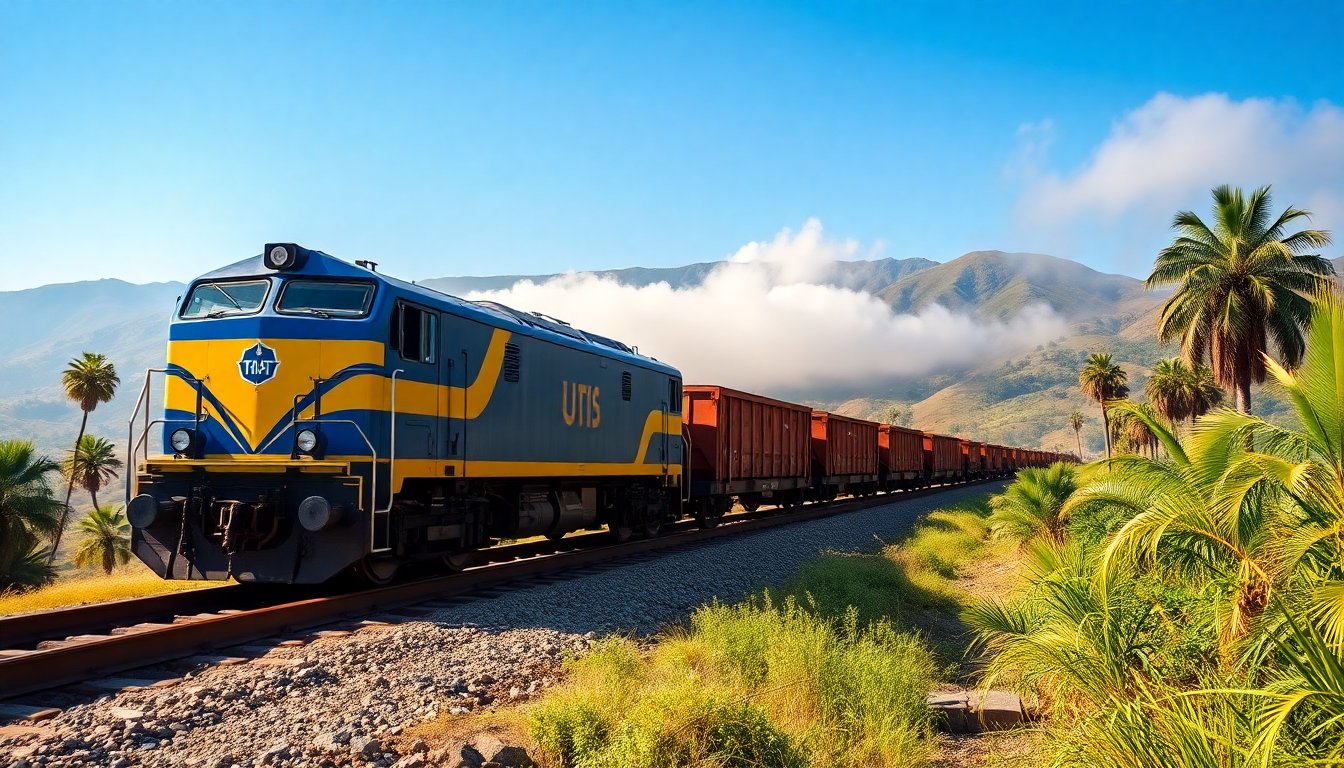Table of Contents
The facts
The Tanzania-Zambia Railway, known as Tazara, is set for a major overhaul following a significant investment from the China Civil Engineering Construction Corporation (CCECC). This initiative aims to enhance critical shipping routes linking Zambia’s resource-rich regions to global markets through the Tanzanian port of Dar es Salaam.
What happened
CCECC has committed US$1.1 billion for the renovation, with an additional US$238 million allocated for reinvestment. This investment seeks to revitalize the railway’s aging infrastructure. The railway spans 1,860 kilometers (or 1,156 miles) and is crucial for transporting vital commodities, especially copper and cobalt, from Zambia to the Indian Ocean.
Strategic importance of the Tazara Railway
The Tazara Railway serves as a crucial transportation route for Zambian exports. Historically, it connects the Copperbelt region of Zambia to essential international markets. However, years of neglect and insufficient investment have led to its current underperformance. A recent agreement with CCECC aims to rectify this situation.
Enhancing operational efficiency
According to officials from the Zambian Ministry of Transport and Logistics, refurbishment plans will involve extensive upgrades to the tracks from Dar es Salaam to New Kapiri Mposhi in Central Zambia. This significant project aims to improve the railway’s condition and enhance operational efficiency.
The initiative includes the modernization of essential workshops and maintenance facilities to ensure smooth and safe railway operations. This investment will enhance the reliability of mineral shipments, strengthening Zambia’s position in the global market.
The facts
As global demand for resources rises, particularly from countries like China and the United States, the Tazara Railway is poised to serve as an alternative route for mineral exports. Its revival provides a competitive advantage over established corridors, including the US-backed Lobito Corridor and the Japan-supported Nacala Corridor.
The facts
The planned railway upgrades will add 34 new locomotives, 16 passenger coaches, and 760 freight wagons to the existing fleet. This expansion aims to enhance the rolling stock for transporting goods, facilitating increased mineral exports.
The consequences
This increase in capacity is expected to enable faster and more efficient shipments. As a result, Zambia may strengthen its position in regional and international markets. The deal’s implications extend beyond logistics, potentially fostering economic growth, job creation, and improved trade relationships.
Future prospects for the Tanzania-Zambia railway
The revitalization of the Tanzania-Zambia Railway (Tazara) highlights the increasing interest in improving African infrastructure. By securing this deal, China Civil Engineering Construction Corporation (CCECC) shows its commitment to enhancing regional connectivity while bolstering China’s strategic presence in Africa’s resource markets.
As significant upgrades to the railway commence, Zambia stands to gain considerable benefits. Enhanced transport links will improve access to international markets, which is vital for the country’s economic growth. The railway’s increased capacity is also expected to attract additional investments in sectors such as mining and logistics.
The investment in the Tanzania-Zambia Railway by CCECC marks a significant development in African trade infrastructure. This railway holds strategic importance and has the potential to boost mineral exports. It is poised to become a crucial element in the region’s economic landscape, influencing the future of trade across Africa.


